Hey, welcome to our inside guide on how to plan the perfect road trip by yourself. It’s a great way to explore.
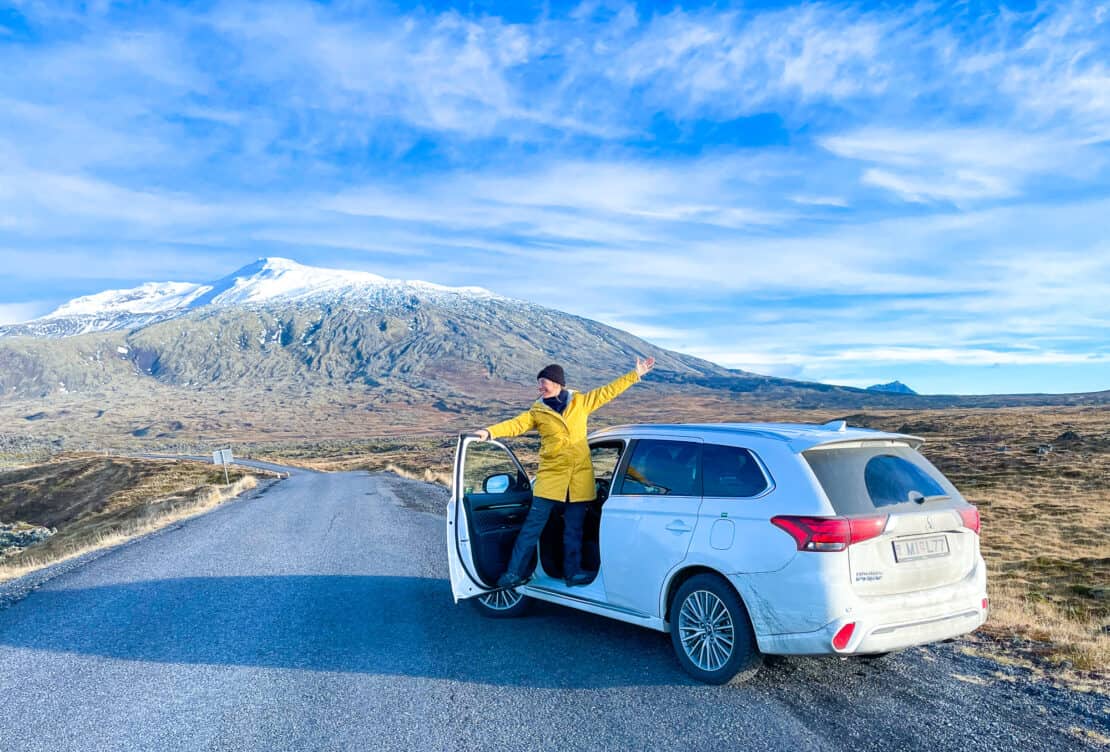
Planning A Solo Road Trip
It’s no secret that we love road trips around here. They’re simply some of the best ways to explore a place. From the beginning to the end, you are the master planner. You decide for how long you will be travelling, where you will be staying, where you will be eating and so on. Plus, you can always be spontaneous.
If you are wondering how to plan a road trip by yourself then you’ve found the right place. I’ve driven solo through Europe and the US, through Africa and Australia, through deserts, mountains, cities and countryside. If you ask me, few things beat solo road tripping.
Learn from my mistakes. From my first solo road trip to my… hundredth. Probably. I lose count.
This guide will show you how to have a blast and come home with plenty of beautiful memories because each and every tip in this article has been tested. And tested and tested and tested…
Check out our list of road trip essentials before you go, don’t forget our road trip planner and, for fun, check out these road trip quotes!
Travel Tips for Your First Solo Road Trip: At A Glance
- Plan Ahead: Research your route, destinations, and accommodations in advance. Ensure your vehicle is in good condition, and schedule any necessary maintenance.
- Safety First: Share your itinerary and expected arrival times with a trusted friend or family member. Carry a well-stocked first aid kit, and familiarize yourself with local emergency services.
- Pack Smart: Pack light and versatile clothing suitable for different weather conditions. Include essential items like a flashlight, multi-tool, and extra phone charger. Bring snacks, water, and a reusable water bottle for hydration.
- Navigation and Maps: Have a reliable GPS device or navigation app, and keep paper maps as a backup. Download maps offline in case of poor connectivity in remote areas.
- Stay Connected: Keep your phone charged and have a car charger. Consider getting a portable Wi-Fi hotspot for connectivity on the go.
- Rest Breaks: Schedule regular breaks to rest and stretch, especially on long drives. Plan overnight stops to avoid exhaustion and ensure a good night’s sleep.
- Budget Wisely: Estimate expenses for fuel, accommodations, meals, and activities. Have some extra cash for emergencies or places that might not accept cards. Though always bring credit cards with you.
- Embrace Flexibility: Be open to spontaneous detours or changes in plans. Allow for flexibility in your schedule to make the most of unexpected opportunities.
- Cultural Sensitivity: Research local customs and traditions to respect the culture of the places you visit. Learn a few basic phrases in the local language to enhance communication.
- Document Your Journey: Take photos, but also take time to enjoy the moment without the need to capture everything. Keep a travel journal to record memories and reflections.
- Self-Care: Prioritise your well-being by getting enough sleep and eating healthy meals. Listen to your body and take breaks when needed. Pit stops are vital. Audio books can help on long journeys too.
- Emergency Preparedness: Know the location of the nearest hospitals, police stations, and gas stations. Carry essential tools for minor vehicle repairs in an emergency kit. Know how to complete an oil change. Keep your roadside assistance details handy. And the paperwork from your insurance company.
- Solo Traveler Resources: Join online communities or forums for solo travellers to exchange tips and advice. Stay informed about local news and potential travel restrictions.
Remember to trust your instincts and have confidence in your ability to navigate and enjoy the journey.
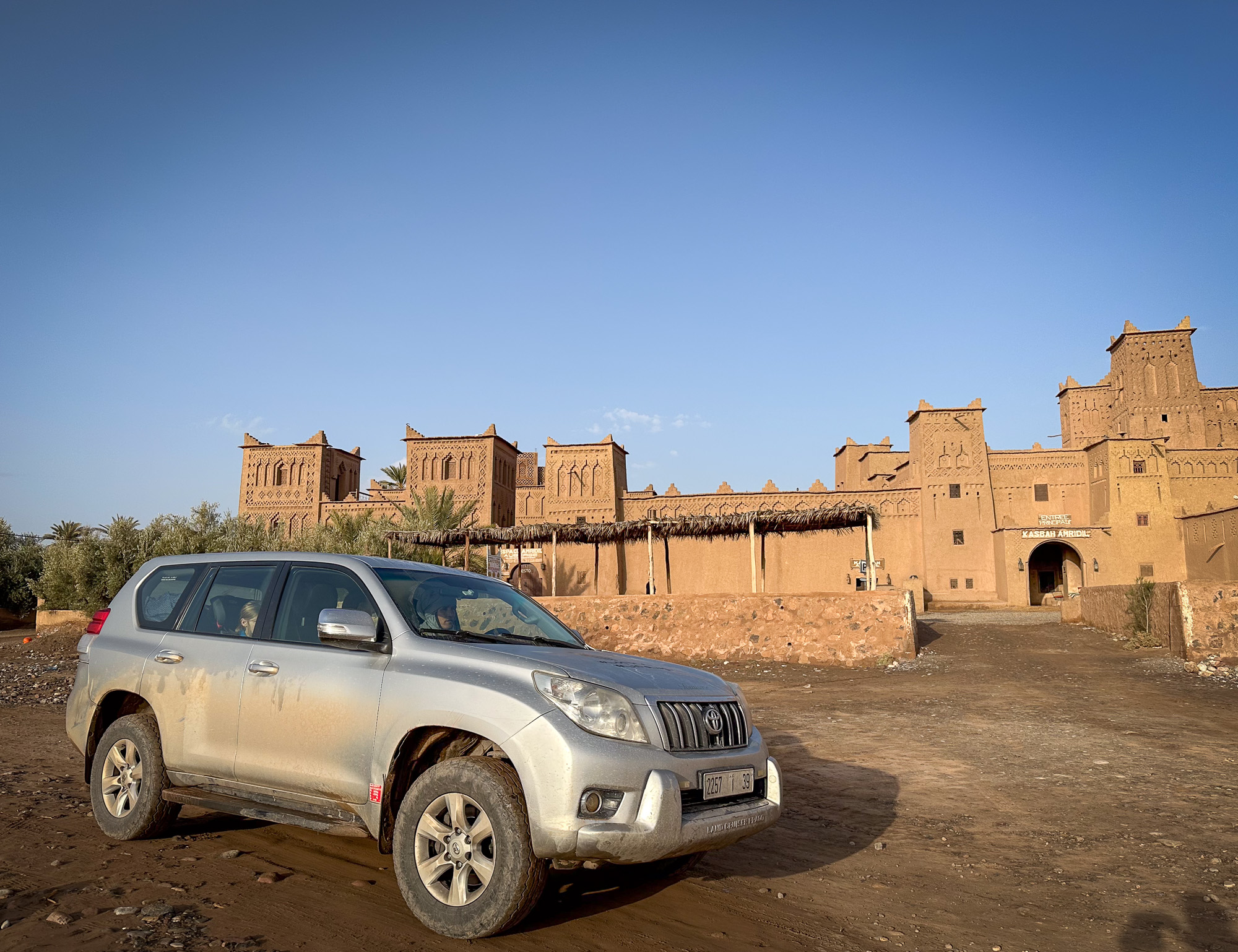
Step 1 – Where Do You Want to Go ?
Every road trip begins with a dream. You are lying in bed thinking you’ve worked yourself too hard this year. Then you remember some old travel plans from when you wanted to drive around Italy or discover the stunning landscapes of Iceland. It’s time. This year you are taking your dream road trip, so let’s see how you can pick your destination wisely.
Home or Abroad?
Should your next road trip take place around the country, or should you drive beyond the borders? Many factors influence this decision, but if this is your first road trip, take it slow this time and visit places closer to home first.
It is a good way to test your limits and see if you enjoy hitting the open road alone.
If you’ve already had this experience, you are ready for a bigger adventure and to get out of your comfort zone, but take into account that travelling abroad usually implies extra planning. You may need to get a visa if you are travelling from the United States to Europe for example. You will also want to research more about the traffic rules if you don’t want to spend half your travel budget on traffic tickets.
Find Inspiration
Now the fun part of the planning process. You can spend a few hours reading travel blogs or checking out beautiful road trip destinations on Instagram.
Sometimes, a generic destination like Spain is all you need. You’ve already heard a lot about its main cities and it’s easy to find a pre-planned road trip itinerary (like this one on the best road trip through Andalusia or this one on the best road trips through Spain.)
On other occasions, you may spot a hidden gem like Ljubljana and learn more about it as you start planning.
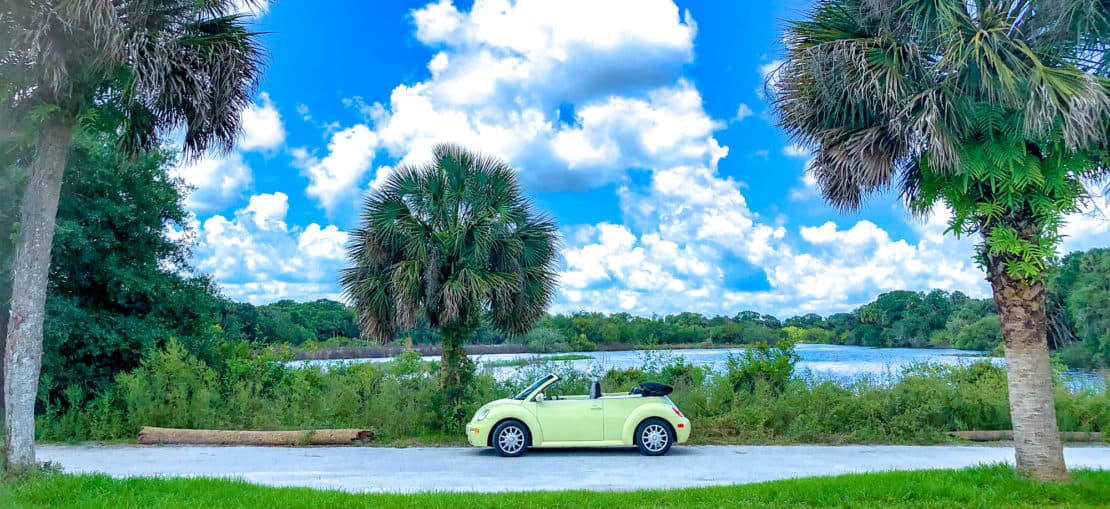
Step 2 – Choose Your Vehicle
Most people prefer to drive their own car but let’s face it, that’s not practical if, say, you live on an island as I do. Let’s chat through the advantages and disadvantages.
Your Own Car
Perfect for a solo road trip, a couple’s trip, or even a family trip if it is spacious enough, your own car offers one big advantage: it is yours. You are accustomed to it, and you will feel comfortable driving it once you hit the open road.
However, you need to make sure it is in good condition and can face the journey. If you plan on driving on mountain roads a lot, check that your car has enough clearance and can face steeper slopes.
Also, consider that not all vehicles have good gas mileage or petrol mileage. If this is the case with your car, it may be better for your travel budget if you find another option, even when you are planning only a one-day trip.
Of course, the obvious obstacle to using your own car is the difficulty in getting there. Iceland, for example, isn’t too user friendly when it comes to transporting cars from outside the country. In which case, when planning your road trip, you also need to consider renting or hiring a vehicle.
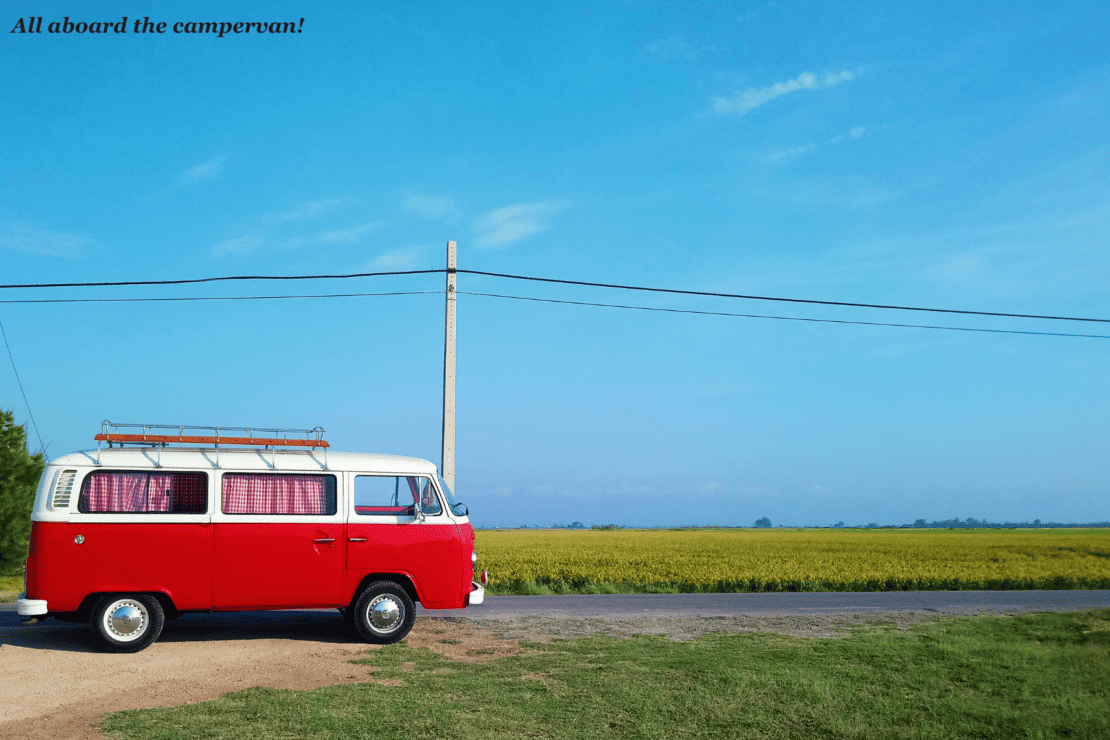
Campervan
If you are taking a long road trip, maybe one that lasts months or years, it can be a good idea to invest in a campervan. It offers you a lot of freedom – you have a bed to sleep whenever you get tired, a kitchen to cook fresh food and save money, and you never need to go into the woods to wee.
Yet campervans are not for everyone. They are not as comfortable as a hotel room, and it can quickly get tiring to hunt for camping spots, not to mention emptying out the toilets.
- Read about the best campervan rentals in the UK here.
- Check out the best campervan routes in the UK here.
- And bookmark this list of the only campervan accessories you really need here.
Rental Car
Rental cars are typically a good choice if you are flying to another location and plan to start your road trip there. You can also rent a car if your own car is not fit for the itinerary you’ve chosen.
When you rent a car, you need to take into account the additional cost it generates and spend some time looking for the best deal. Otherwise, it can easily turn into an expensive way of travelling. If you plan on spending your first day or two in a city, for example, it’s often better to pick up your vehicle on day 3 instead of paying for parking in the city.
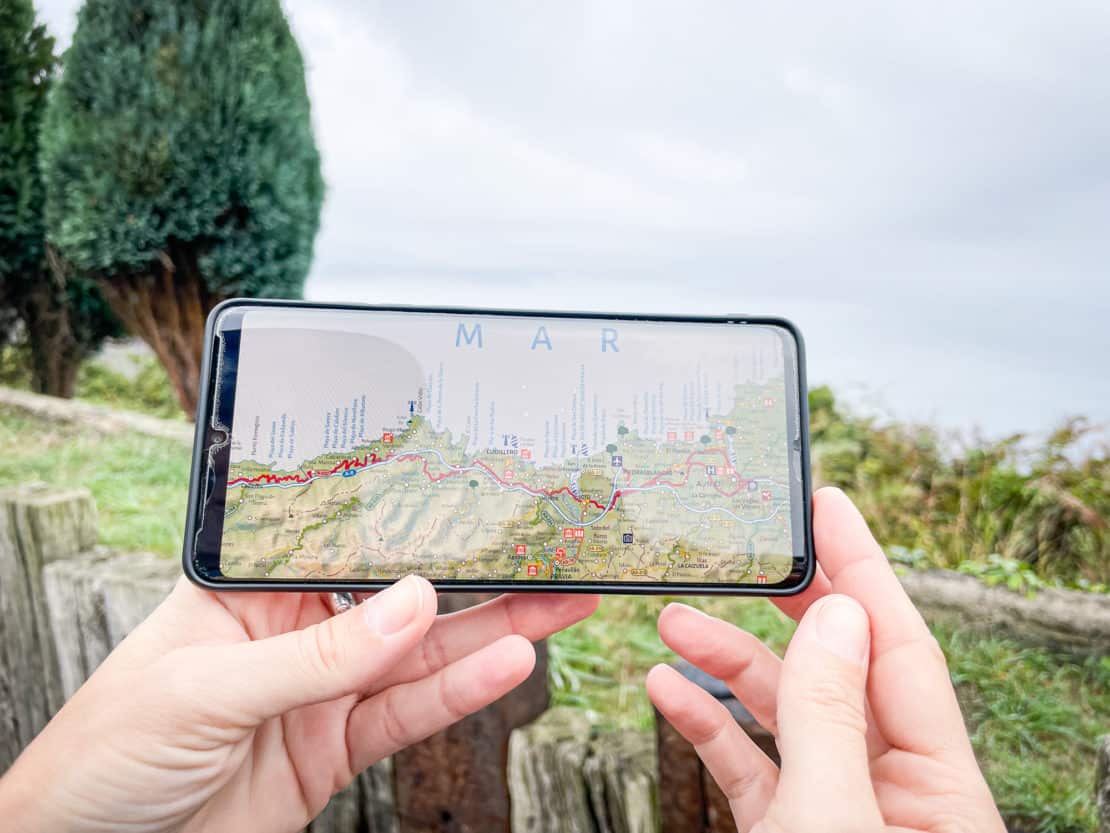
Step 3 – Draft Your Road Trip Itinerary
Start by deciding how much time you can feasibly spend behind the wheel. Consider how many miles or kilometres you need to cover. This time sketch will help you later in defining your itinerary.
To keep things organised, you can use a mobile app. You will find plenty out there, but unless you already have a favourite, it’s best to go with good old Google Maps. It’s there, it’s free, and well… it’s Google, so you know it won’t disappear the next day, taking all your planning efforts with it.
Go to Google My Maps and create an account. It will offer you access to some of the best tools for travel planning, starting with a custom map where you can add your starting point and build your road trip itinerary from there until you reach your final destination.
First Draft: Establish the Most Important Landmarks
First, sketch out your overall plan. Note down your highlights, the places you simply must visit. Think of important historic sites and natural landmarks and let Google calculate your drive times. That’s your overview.
Second Draft: Refine Your Research
It’s time to establish the details, identify remote areas that don’t fit well in your itinerary and exclude them and find the best routes and places where you can have a good coffee while on the road.
Attractions Per Town
Search the main attractions in each town on your list and add them to your itinerary (but only if you want to. There are so prizes for “seeing everything.”)
Look for castles, cathedrals, museums, parks, beaches, and so on. Each place is different, so read a bit more about it to see what is worth visiting. Also, consider roadside attractions and see if there is a more scenic route that can take you to your destination. Road trips are more about having a good time and less about getting to the final point as fast as possible, after all.
Restaurants and Cafes
Sometimes, stopping along the road to eat can be one of the best moments of the day. If you are hoping for a great road trip, don’t leave this to chance. Search for the restaurants and cafes on your itinerary and add them to your list. With Google My Maps, all you need to do is type the word ‘restaurant’ or ‘café’ in the search bar, and it will show you the best places in the area. It will also show you opening times, too.
Of course, you don’t need to stick to a specific place for each town. But it helps.
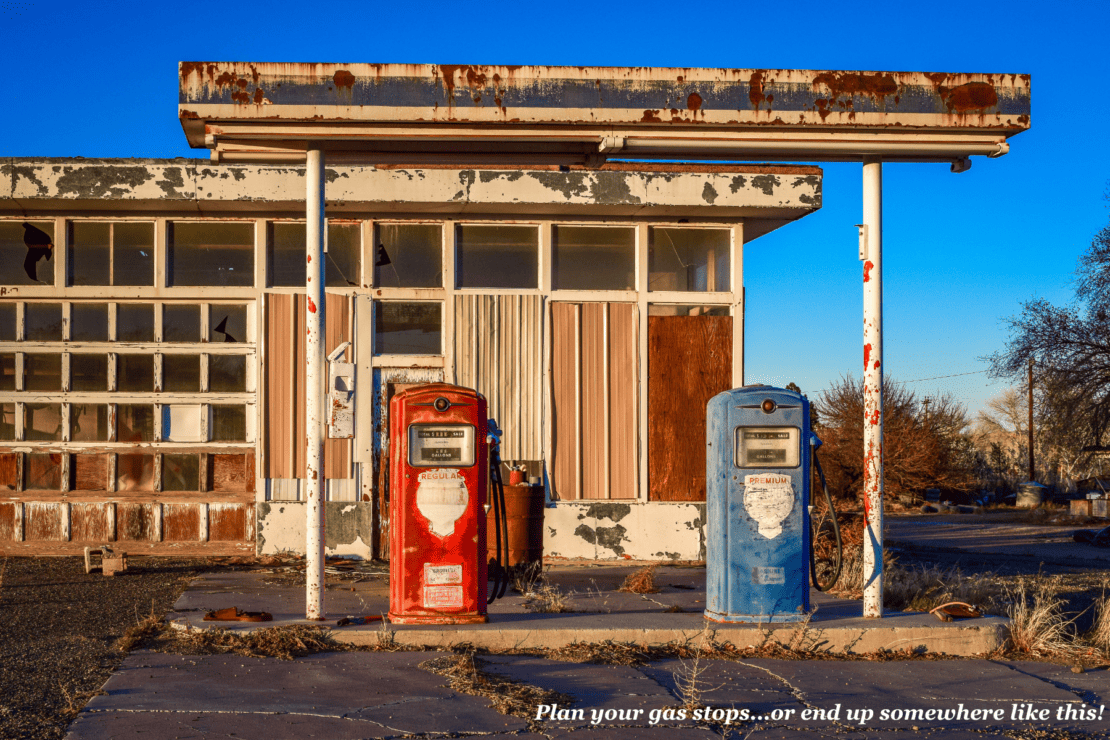
Petrol or Gas Stations and Supermarkets
Even more importantly, if you plan on driving off the main road, you must consider two essential aspects: where will the next petrol or gas station be and where you can stop for supplies. Add gas stations and supermarkets to your map and check it before heading into the mountains or taking a country road. The last thing you want is to be left without fuel in the middle of nowhere.
Step 4 – Set a Road Trip Budget
Even if you are not a big spender, for a successful road trip, it’s best to plan your budget in advance. There will be areas where you will spend more – big cities tend to be more expensive, so set aside more money for them. You can balance these expensive days with days spent outdoors where you usually don’t need to pay a fee.
Not a natural at budgeting? Me neither. There are two approaches – a predefined spreadsheet written for you or a totally different approach. You can find both in our Travel Toolbox© here.
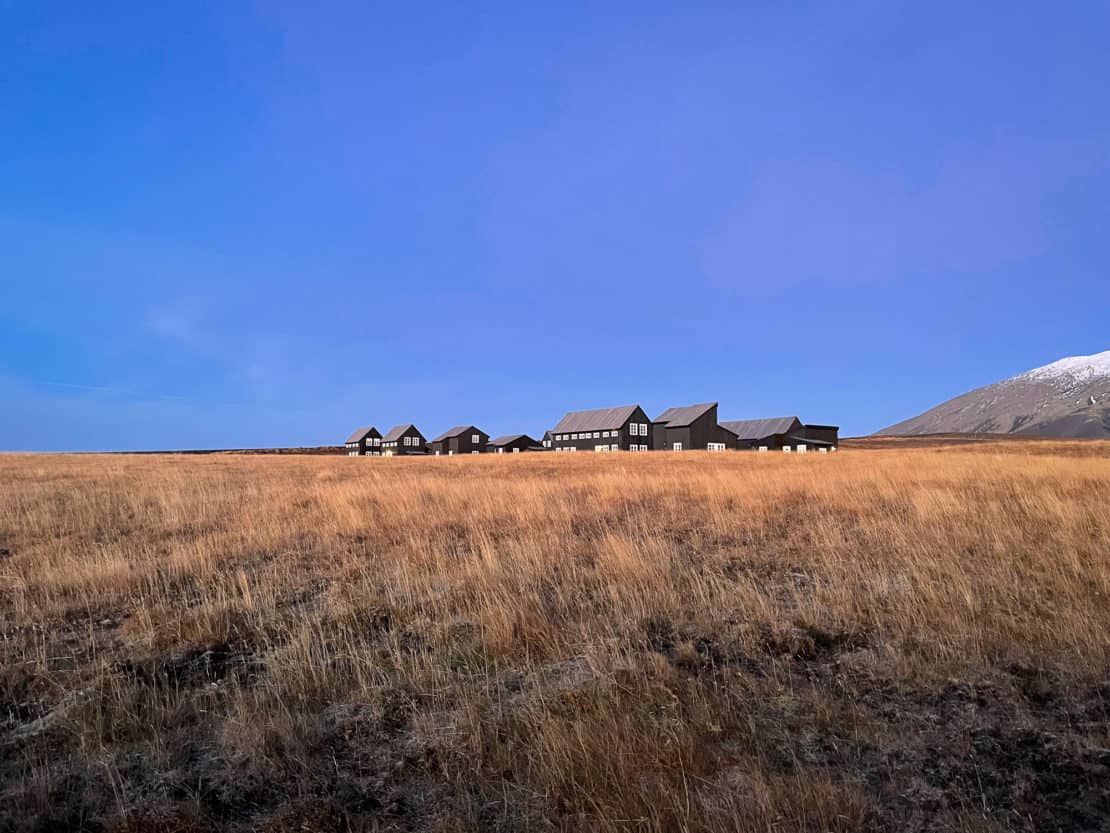
Step 5 – Where Will You Stay?
The golden rule is to book your accommodation in advance to make sure you have somewhere to sleep once you arrive. Where you will be staying depends a lot on your personal preferences, but here are your options:
Hotels
Hotels offer the most comfortable road trip experience, in my opinion. You will have a cosy room at the end of the day, possibly a nice restaurant where you can have dinner, and best of all, you don’t need to make your bed or perform a thorough cleaning extravaganza before you check out. Hotels are often the best fit for travellers taking a short trip. They also often offer parking, which is often free outside the main cities, but check with them just to be sure.
A final bonus? They are usually staffed 24 hours a day so you don’t need to stress about what time you turn up.
Airbnb
Airbnbs or equivalent tend to be cheaper for those who will be on the road for a long time. You can book studios or apartments with a kitchen and cook your own food if you want to save money. Some of them are also equipped with washing machines and driers that you will definitely need to use if you’ve been on the road for more than a week or are travelling with very young children.
What’s not so great about Airbnbs, especially apartments, is that they don’t always offer parking. Also, you need to clean and sometimes restock everything before you check out. And finally, it can be tricky to sort out an arrival time and call someone in advance to get the key. With a hotel, you know there is always going to be someone there when you arrive.
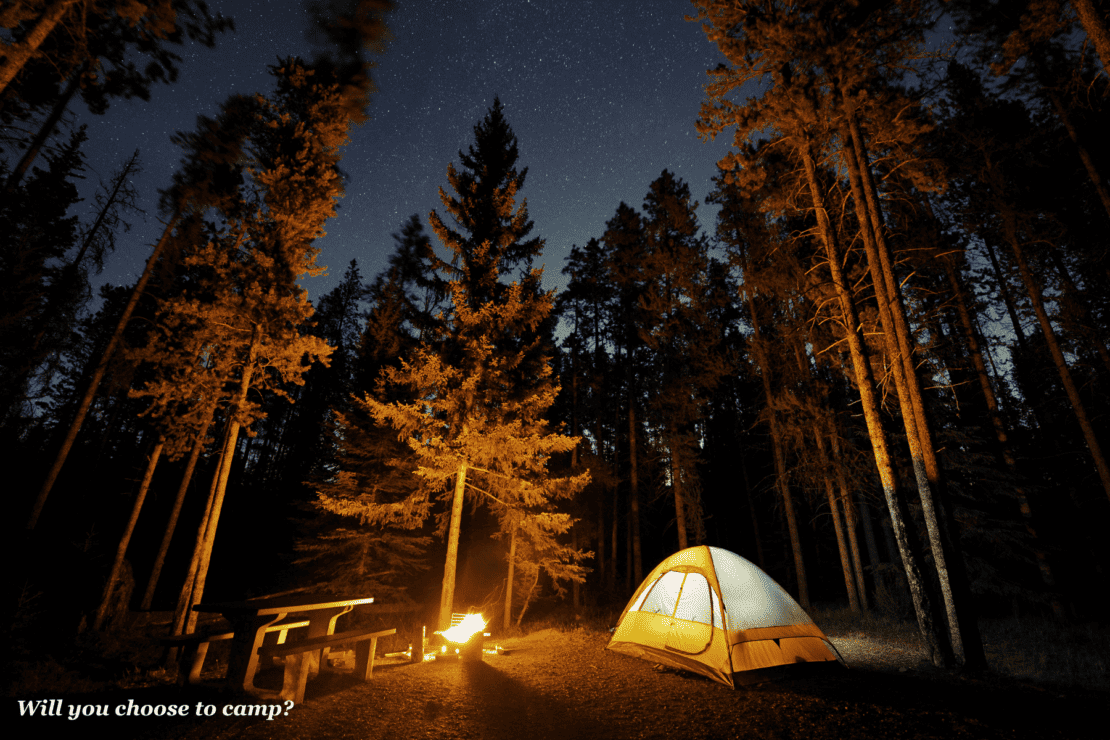
Camping
Driving a campervan may seem like an easy way to sleep in exotic locations. Want to wake up on the beach? You can have it. Sleep in the woods? Easy! Or is it?
Things are not always as easy as you think. You will need to find a camping park to make sure you stay safe and don’t get a parking ticket, and often the best ones aren’t free. Of course, there are camping areas where you don’t need to pay, but you will need to search for them in advance and sometimes modify your itinerary to accommodate them.
Plus, you need to maintain your campervan, deal with emptying the toilet waste and other, well, challenging activities.
What to Pack For a Road Trip
Check out our full road trip essentials packing list here. But in brief…these are some of the objects you will want to have in your car when you are travelling for days, especially on your first time.
- Car chargers – you will use Google Maps almost non-stop, so you will need to keep your phone charged.
- Paper map – you never know when you will be left without a signal, and you need to quickly find your way back to the main road.
- Cosy blanket – perfect if you are taking the kids with you. Keep them warm if they fall asleep on the road.
- Cooler – if your itinerary includes a solitary beach or an isolated mountain trip, carrying cold drinks and lunch is an excellent idea.
- Spare tyre – it goes without saying that you need to have your spare tyre with you. And if you’ve never changed one, it’s time to learn.
- Jumper cables or jump leads – you think it won’t happen to you. But it only takes a moment of distraction to leave your lights on before you start a 2-hour climb. You’ll return to a dead car, so you should at least have the jump leads with you in case you find some other driver to help you.
- Flashlight – you may never use it, but you should have one in your car. It can prove useful if you get a flat tyre while driving at night.
- Water – stock up on water whenever you can, especially if you are travelling during the summer.
- Snacks – if you get hungry, you get cranky. This is not the mood you want in your car during a road trip. Take some non-perishable food with you.
- Cash – some small towns and villages still rely on cash when it comes to transactions, so bring some with you if you want to keep things working smoothly.
- Tissues – useful in so many ways.
- Dry shampoo – being on the road for days can get tiring, and you may not feel like washing your hair every evening. A bottle of dry shampoo can get you looking clean for the photos the next day.
- Lots of clothes – some accommodation spots may offer a washing machine but most don’t. Pack plenty of clothes to stay clean and comfortable.
- Sunscreen – it’s always wise to pack sunscreen.
First Road Trip? Try to Avoid These Mistakes
We were all first-timers once. And this means we made mistakes. But we learned from them, and here we are imparting our experience with you, so you don’t have to deal with the problems we encountered over the years.
Not Planning For Free Time
You are excited, and you may be tempted to squeeze as many tourist attractions as possible into your itinerary, thinking that you may never go on this road again. Well, you may be right and wrong at the same time. Even if this is your only chance in this life to visit, let’s say, Iceland, you will gain more if you see less of it. Reduce driving time to have a great time and stay longer in one place. Give yourself a moment to just stroll around, be lazy, or try something that’s not on your itinerary.
Picking the Wrong Season
Most people go on holiday or vacation during the summer. It is understandable. The weather is warm, you hope to avoid rain, and all the restaurants and hotels are open for business. However, don’t overlook spring or autumn (or even winter for that matter!) Outside peak season, you don’t need to wait in line to visit a museum and often get better prices for your hotel rooms.
Sometimes, you don’t have other options though. Some national parks are open only in the summer, and some event dates are set in stone. If you do need to hit the road during the high season, book your stay well in advance and buy tickets to the attractions and events on your list before you reach your destination.
Forgetting to Download Offline Maps
This is a must! Whenever you are approaching a location that may have bad or no signal, stop and download the map to that area to your phone. It is easy to get lost when you don’t know the roads, and sometimes there’s nobody there to get you back on track. Imagine losing hours on a mountain road when the night approaches and you don’t know where to go.
Not Packing Nutritious Snacks
Throwing a few bags of chips and some soda in the trunk to keep you fuelled for more than half a day is simply not a good idea. They won’t keep you full, so you will quickly feel hungry again. If you know you won’t find a good restaurant on your way, pack real food to help you stay energised and happy. Think hummus, cheese, grapes, bread, sandwiches, and maybe some homemade cakes. Not only that you will avoid getting sick while on the road, but you will save money you would have otherwise thrown away on fast food. Pack extra snacks if you’re travelling with young children.
Not Bringing Enough Water
Buy a big jug of water and place it in the trunk. Yes, it will get hot, and you won’t feel like drinking it. And, yes, you can stop at service stations or gas stations to buy more fresh water. But you never know when your carburettor gets hot and you need a quick way to cool it down. Plus, if you forget to download the maps and get lost, a reserve of water can prove useful, even if it isn’t the freshest in the world.
Not Keeping a First Aid Kit in the Trunk
If you are travelling with kids, you will probably need it at least once during the trip. But from our experience, adults also tend to get hurt when they go out in nature. The first aid kit won’t help you if something really bad happens to you, but the bandaids and distilled water will come in handy if you hurt your knee in a fall. Make sure it includes painkillers and paracetamol, antiseptic cream, and antihistamine tablets if one of your fellow travellers is allergic to something.
Running Low on Gas (Or Petrol)
Know from the start when you are about to cross a rural area or find yourself close to the wilderness and fill up. The petrol and gas stations are rarer in these zones, and if you do find some, you will quickly realise that the fuel can be outrageously overpriced.
Strictly Following the Itinerary
Having a good plan is important. But you need to remember that you made it – and you can change it. Did a local tell you there’s a spectacular beach five minutes out of your way? Go for it, even if this means you’ll skip a museum in the next town that sounded boring from the start anyway.
Lavender fields or a romantic monastery with a lovely vineyard to the right? Go to the right.
You don’t want to have the same memories as every single traveller who drove on this route. It will always feel as though you don’t have much time for wandering around.
But you do because this is your trip and you decide on everything.
VIDEO: The 7 Best Road Trip Planning Tools
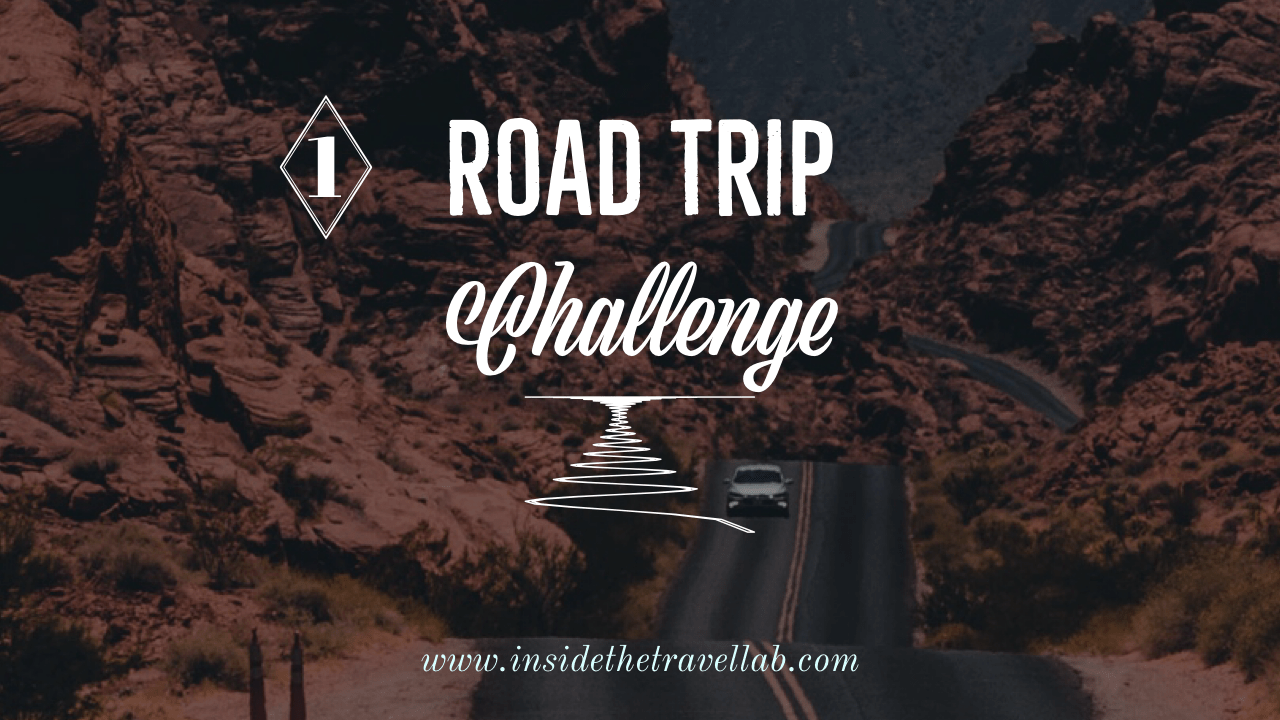
More About Road Trips
- Make your life easier with the Road Trip Planner and Toolkit.
- The road trip essentials you need to know
- The ultimate road trip planner
- The best road trip quotes to inspire your next adventure
- Your Galicia road trip itinerary
- How to plan your San Francisco to Santa Barbara road trip
- The ultimate Florida West Coast road trip itinerary
- A one week road trip in Scotland
- The best road trips in the US for couples
